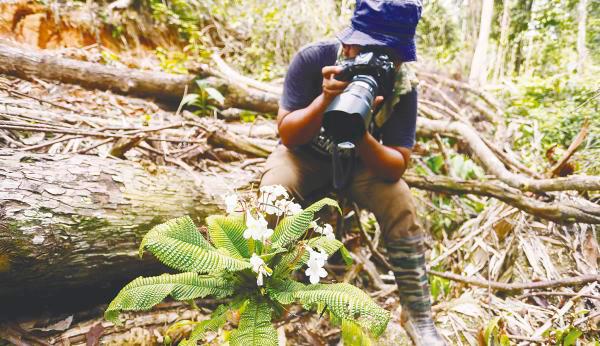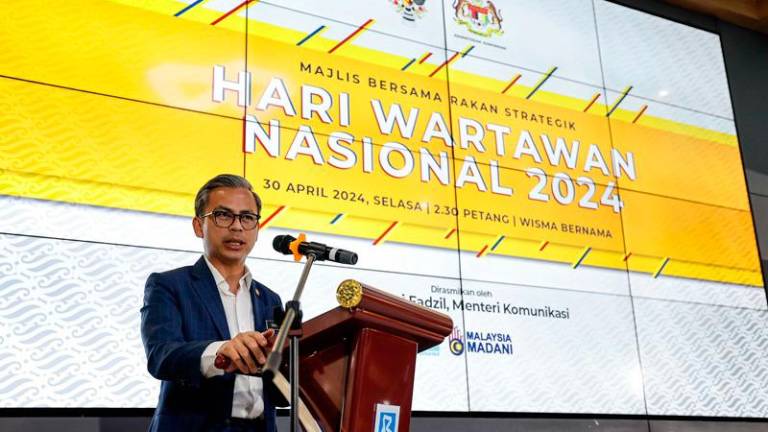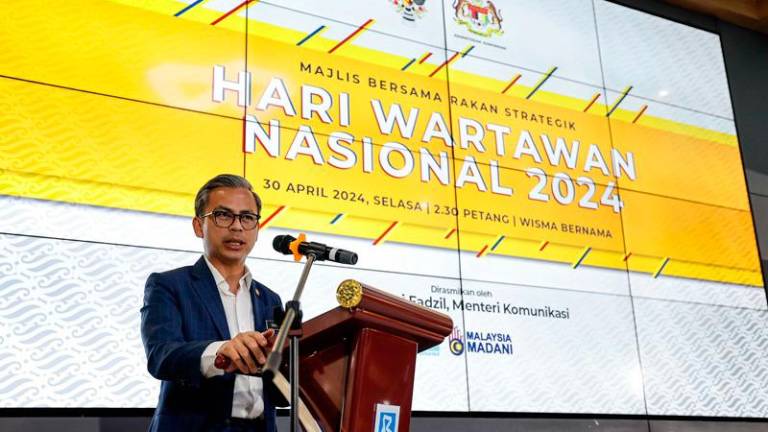OUR cherished regions are undergoing rapid and unchecked urbanisation and industrialisation, resulting in the systematic destruction of vital green spaces.
Towering skyscrapers and concrete structures now dominate landscapes that once flourished with diverse ecosystems. It pains me to witness the homogenisation of our environment as identical malls spring up, offering goods devoid of character and uniqueness that once defined our communities.
Every tree and animal holds intrinsic value, yet their individuality is threatened by this relentless march for development. Kuala Lumpur, once adorned with vibrant green spaces, now stands as a stark example of excessive urban expansion, with concrete structures overshadowing what little greenery that remains.
The repercussions of this environmental degradation are dire, impacting the health and well-being of humans and our planet.
With the loss of green spaces, urban areas are left vulnerable to heightened air pollution, posing severe risks to respiratory health.
The urban heat island effect further compounds our woes, leading to soaring temperatures and increased energy consumption as we struggle to stay cool amid concrete jungles.
Adding to these issues are buildings made predominantly of glass that act as heat traps, intensifying temperatures within urban areas. Moreover, the construction of buildings near each other impedes natural air ventilation.
However, the impact extends beyond human lives. Our feathered friends, who follow ancestral paths for migration, are met with a deadly obstacle in the form of tall buildings that obstruct their flight paths.
Bird migration is a marvel of nature but as they navigate through urban landscapes, they often collide with buildings, resulting in tragic fatalities. This disruption to their migration patterns not only affects bird populations but also disrupts the delicate balance of ecosystems as birds play a crucial role in seed dispersal and insect control.
Furthermore, the irreversible loss of biodiversity disrupts delicate ecosystems, pushing countless plant and animal species to the brink of extinction. This not only jeopardises our survival but also threatens essential ecosystem services vital for sustaining life, such as pollination and water purification.
The challenges we face are compounded by rising temperatures, with heat waves becoming more frequent and intense.
Vulnerable populations, including the elderly and children, are especially at risk, facing heat-related illnesses that strain our healthcare systems and infrastructure.
As if this weren’t enough, the frequency and severity of floods in Malaysia have escalated, wreaking havoc on communities. Rapid urbanisation and deforestation exacerbate flooding, leaving ulnerable communities displaced and livelihoods shattered.
The proposed relocation of Indonesia’s capital to East Kalimantan looms as a grave threat to the Kalimantan forest, one of the last bastions of nature’s grandeur.
The wanton destruction of this precious ecosystem will intensify the global climate crisis.
The time for action is now. We must urgently enact stringent regulations to curb unsustainable development, prioritise conservation efforts and invest in reforestation initiatives.
Communities must band together, raising their voices in advocacy and mobilising grassroots movements to protect our precious environment.
The consequences of inaction are dire, affecting not only our generation but also those to come. Let us rise to the occasion, working hand in hand to preserve our green lungs and secure a sustainable future for all.












